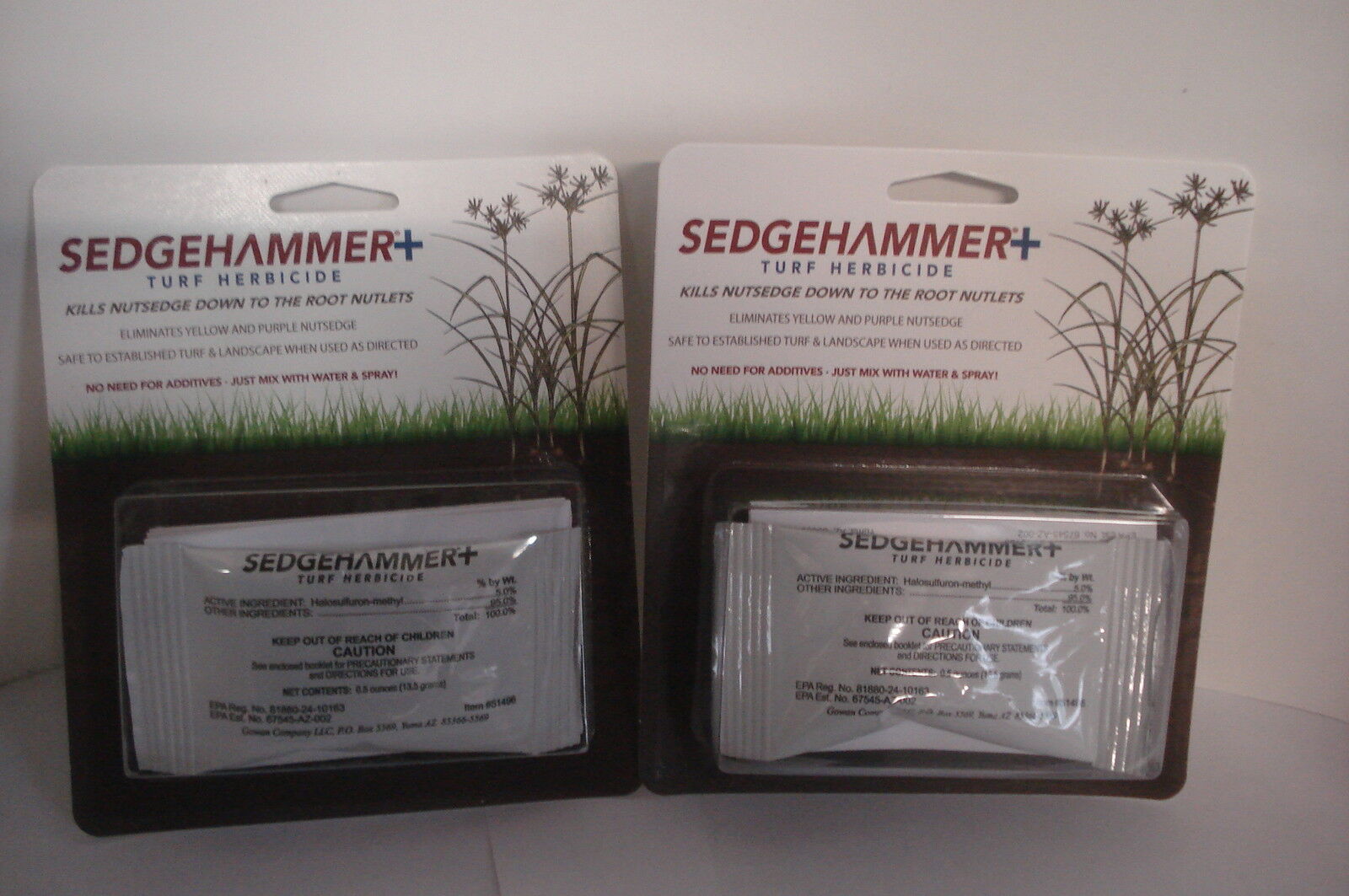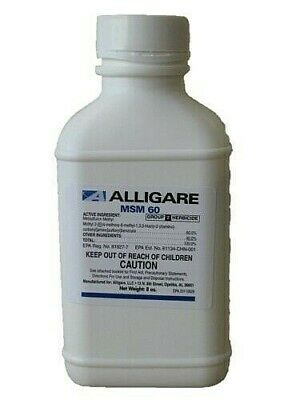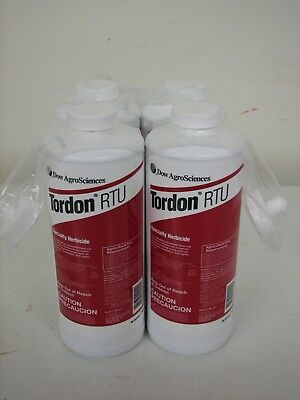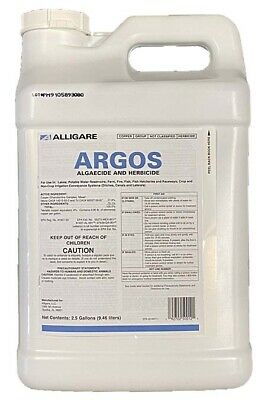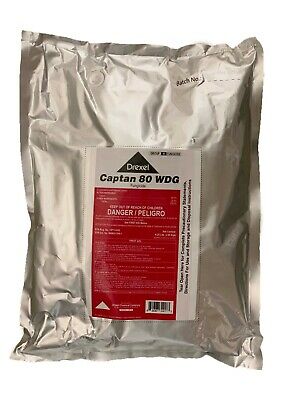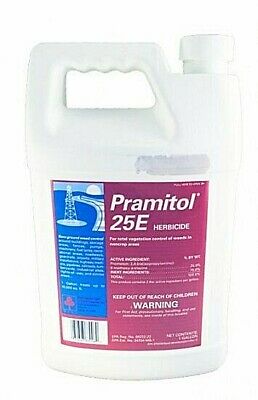-40%
Triad SFZ Select - 3 Way + Sulfentrazone
$ 42.5
- Description
- Size Guide
Description
Triad SFZ Select™ contains four active ingredients, including sulfentrazone, that broaden the spectrum of post-emergent broadleaf weed control with proven performance in turfgrass. Weed injury symptoms can be noticed within hours of the application and plant death can occur within 10-14 days. TRIAD SFZ SELECT is generally rainfast in as little as 6 hours. These combined herbicides provide limited residual activity at specified use rates. Sulfentrazone is in the aryl triazolinone family and inhibits protoporphyrinogen oxidase (Protox) a pivotal enzyme in chlorophyll production. Without this key enzyme, a build-up of peroxide-like compounds occur thus causing the plant cell membranes of weeds to rupture.* Visible results in 24-48 hours
* Water-based formulation
* Tough on weeds, gentle on established turfgrass
TOUGH WEED CONTROL
In industrial or low maintenance areas:
TRIAD SFZ SELECT can be used for certain tough-to-control weeds. Mixed strands of Kentucky bluegrass, tall fescue, smooth bromegrass, orchardgrass and reed canarygrass may be treated. Applications to non-cropland areas (roadsides and rights-of-way) are not applicable to treatment of commercial timber, or other plans being grown for sale, or other commercial use, or for commercial seed production, or for research purposes.
Treatments of TRIAD SFZ SELECT may injure or kill legumes, including clovers (sweet, yellow, red, crimson, alsike, hop, white), lespedezas, trefoils and vetches.
HOW MUCH TO USE
USE RATES AND SPRAY VOLUMES
The lower application rates within the specified range of Table 1 will provide satisfactory control of sensitive weed species. The higher application rates within the specified range will be required for dense infestations of perennial weeds for adverse/extreme environmental conditions, or for weeds hardened off or more mature.
USE RESTRICTIONS
* Do not exceed the maximum single application rate of 5 pints/A (0.88 lb. 2,4-D a.i./A, 0.31 lb. MCPP-p a.i./A, 0.14 lb. dicamba a.i./A, 0.038 lb. sulfentrazone a.i./A) of TRIAD SFZ SELECT.
* Do not exceed the maximum annual rate of 10 pints, (1.75 lbs. 2,4-D a.i./A, 0.62 lb. MCPP-p a.i./A, 0.28 lb. dicamba a.i./A, and 0.074 lb. sulfentrazone a.i./A), per acre per year of TRIAD SFZ SELECT. • Do not exceed two applications of TRIAD SFZ SELECT annually.
* This product may only be used to control broadleaf weeds.
BROADCAST TREATMENT:
Use Rates For Sod Farms, Ornamental Lawns and Turfgrass
Cool Season Turf
* Kentucky bluegrass, annual bluegrass, annual ryegrass, perennial ryegrass, tall fescue, red or fine leaf fescues, creeping bentgrass and colonial bentgrass (excluding golf greens and tees) - 3.25 to 4 pints/acre (1.2 to 1.5 fl. oz./1,000 sq. ft.) - 10 to 220 gallons/acre
* Mixtures of cool season species in noncropland areas established for roadside vegetation management or for low maintenance (Kentucky bluegrass, tall fescue, smooth bromegrass and orchardgrass) - (0.57 - 0.70 lb. 2,4-D a.i./A) (0.20 - 0.25 lb. MCPP-p a.i./A) (0.09 - 0.11 lb. dicamba a.i./A) (0.02 - 0.03 lb. sulfentrazone a.i./A) - (0.23 to 5.0 gallons/1,000 sq. ft.)
Warm Season Turf
* Hybrid Bermudagrass, common Bermudagrass, centipedegrass*, zoysiagrass, bahiagrass and buffalograss - 2.75 to 3.25 pints/acre (1.0 to 1.2 fl. oz./1,000 sq. ft.) - 10 to 220 gallons/acre (0.23 to 5.0 gallons/1,000 sq. ft.)
** (0.48 - 0.57 lb. 2,4-D a.i./A) (0.17 - 0.20 lb. MCPP-p a.i./A) (0.08 - 0.09 lb. dicamba a.i./A) (0.02 lb. sulfentrazone a.i./A)
For centipedegrass, use lower rates within specified range until turfgrass tolerance to injury can be determined. Do not apply this product to warm-season turfgrass during spring green-up, or in the fall during the transition period between active growth and dormancy.
Dormant Turf: This product may be applied to fully dormant bermudagrass, fully dormant centipedegrass, fully dormant zoysiagrass and fully dormant bahiagrass.
New York: Only one application per year of this product is allowed. This product is not allowed to be sold, distributed or used in Nassau or Suffolk Counties.
SPOT TREATMENT
With hand operated sprayers (including backpack sprayers, compression sprayers and knapsack sprayers)
* Apply any time the emerged broadleaf weeds are actively growing.
* Calibration and proper application are essential when using this product.
* Uniform applications are essential when using this product. Over-application or rates above those specified on this label, including excessive overlaps of this product can cause turf injury.
* Hand-held techniques. Wands fitted with flat fan nozzle tips may be used with the appropriate technique. Spray wands fitted with flat fan tips should not be waved in a back-and-forth motion or in a side-to-side motion, or in a swinging arm motion. Instead, the nozzle should be held stationary the proper height. Side-to-side motions result in uneven coverage.
* Follow-up applications as spot treatments at a 30-day interval are suggested for more mature weeds for dense infestations, and for adverse environmental conditions.
* For cool-season turfgrass: Mix 1.2 to 1.5 fl. oz. of this product per one (1.0) gallon of water for treatment of approximately 1,000 sq. ft. of turfgrass. Apply any time the emerged broadleaf weeds are susceptible.
* For warm-season turfgrass: Mix 1.0 to 1.2 fl. oz. of this product per one (1.0) gallon of water for treatment of approximately 1,000 sq. ft. of turfgrass. Apply any time the emerged broadleaf weeds are susceptible.
* For centipedegrass, use lower rates within specified range until turfgrass tolerance to injury can be determined.
Limitations On Spot Treatments For Ornamental Turfgrass
Spot treatment is defined as a treatment area no greater than 1,000 sq. ft. per acre. The maximum single application rate is 1.5 fl. oz. per 1,000 sq. ft. per application (0.25 lb. MCPA-p acid equivalent per acre). The maximum number of spot treatments is limited to two per year with a minimum of thirty days between applications.
RESTRICTIONS:
* Do not apply this product to bentgrass greens or tees. St. Augustine Grass, carpetgrass, dichondra legumes and lawns where desirable clovers are present.
* Do not broadcast apply this product when temperatures are above 90°F (some injury may be expected with spot treatments when air temperatures exceed 90 degrees Fahrenheit).
* Aerial application is prohibited.
PRECAUTIONS:
* To avoid turf injury, use only on turfgrass that is reasonable free of stress from diseases, insects, excess heat or cold, drought or excess rainfall/irrigation, shaded areas, low soil pH, nematodes, improper mowing or improper applications of fertilizer and pesticides. Injury can occur if this product is applied under any of these or other stress conditions. Under any of these stress conditions, any turf risk is assumed by the buyer and/or user.
* Do not use this product on or near desirable plants, including contact of spray on exposed root systems or adventitious shoots within the drip line of desirable trees and shrubs, since injury may result.
STATE RESTRICTIONS:
* New York – Only one application per year of this product is allowed. This product is not allowed to be sold, distributed or used in Nassau or Suffolk Counties.
* California – Make broadcast applications only between March 1st and September 1st. If troublesome weeds appear during other times of the year, a spot application can be made. While irrigation is necessary and important for plant growth, apply irrigation water efficiently, so that no more than 125% of the net irrigation requirement is applied for any irrigation event. Apply efficient irrigations for six months following application of sulfentrazone containing products. Do not apply product to bare ground.
* Arizona – Do not use this product on sod farms in Arizona.
APPLICATION SCHEDULES:
Apply this product to broadleaf weeds that are young and actively growing for best results. Spring and fall treatments under adequate soil moisture conditions are preferred to the summer treatments. Summer broadcast applications to older, drought-stressed weeds are less effective. Fall applications provide improved control for emerged winter annuals and perennials including henbit, chickweed, clover and ground ivy.
Sequential broadcast applications or follow-up applications as spot treatments at a 30-day interval are suggested for more mature weeds for dense infestations, and for adverse environmental conditions.
Spot treatments during the summer may be appropriate for sparse infestations or as a follow-up treatment, or any time broadleaf weeds are actively growing.
Extremes in environmental conditions (e.g. temperature and moisture) soil conditions and cultural practices may affect the activity of this product. Under warm moist conditions, herbicide symptoms may be accelerated. While under very dry conditions, the expression of herbicide symptoms is delayed. Weeds hardened off by drought are less susceptible to this product.
FOR NEWLY SEEDED AREAS:
Delay application of this product to grass seedlings until after the second mowing.
FOR NEWLY SODDED, SPRIGGED, OR PLUGGED AREAS:
Delay the application of this product to newly sodded, sprigged, or plugged grasses until three to four weeks after the sodding, sprigging or plugging operations.
RESEEDING INTERVAL
Treated areas may be reseeded three weeks after application.
IRRIGATION
Do not apply this product through any type of irrigation system.
Rain fast in as little as six hours. Do not apply this product immediately before rainfall or irrigation. If possible, do not irrigate or water the turfgrass within six to twenty-four hours after application. If dry conditions exist, a scheduled irrigation or watering twenty-four hours before and twenty-four hours after the application is suggested.
MOWING
Delay mowing two days before and until two days after the application of this product.

